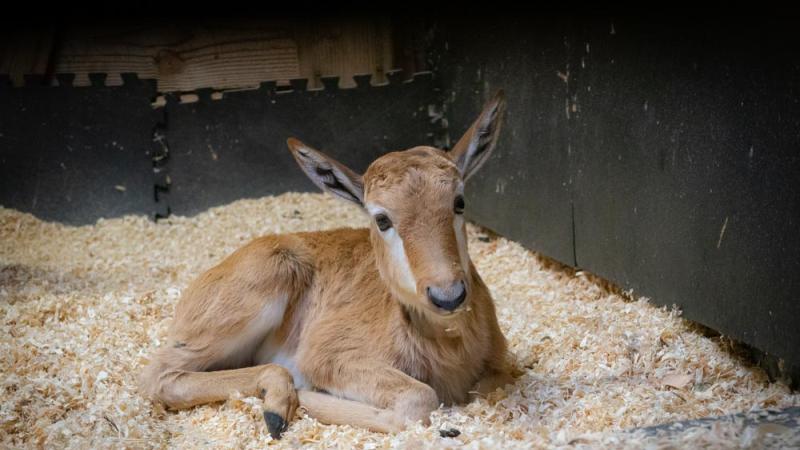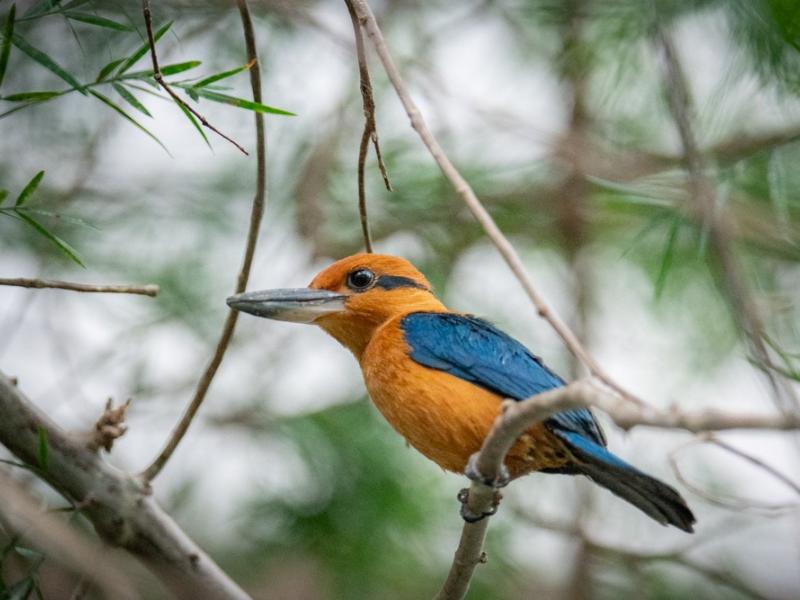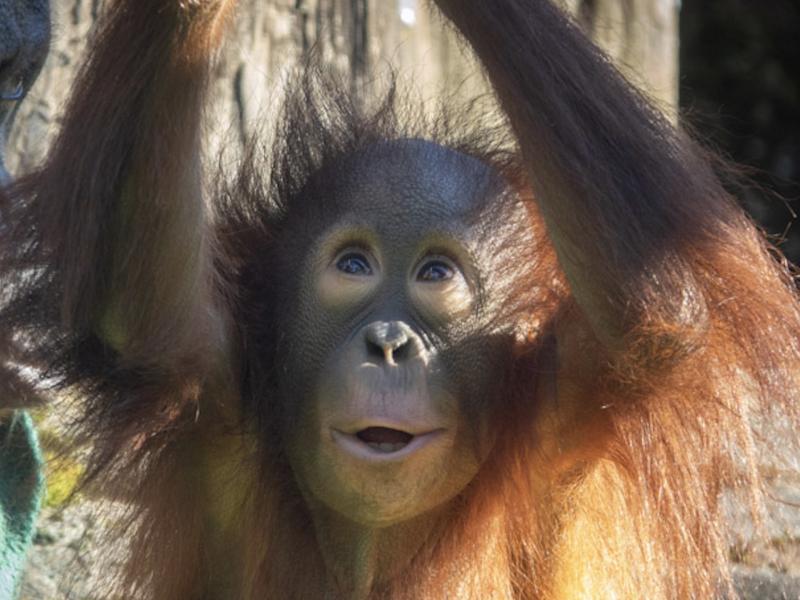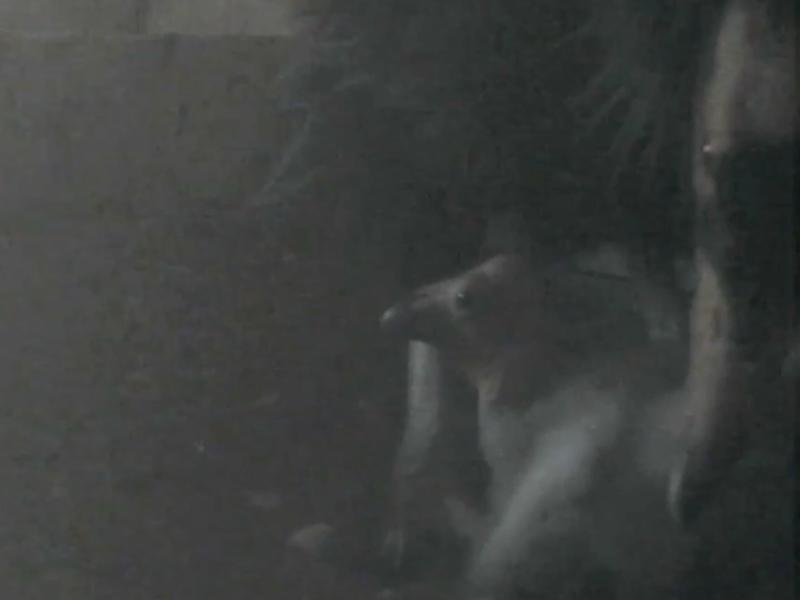Zoo welcomes bouncing baby bontebok

Species represents ‘one of the most dramatic conservation success stories anywhere’
The Oregon Zoo welcomed a rare African bontebok calf this month, the latest chapter in what’s considered one of history’s most inspiring conservation success stories. The calf was born April 1 to Winter, an 8-year-old bontebok in the zoo’s Africa savanna area.
“This cute little guy is living proof of the impact people can have if we work together for wildlife,” said Kelly Gomez, who oversees the zoo’s Africa section. “A couple hundred years ago, there were only 17 bontebok left on the planet, and the species was headed for almost certain extinction.”
The week-old calf weighs around 18 pounds and appears healthy despite a slow start, Gomez said. He did not nurse right away, so veterinarians administered a transfusion of plasma from his father, banked ahead of time as a precaution, to ensure he received the antibodies needed to fight off any possible infection.
“We gave him a couple supplemental bottle-feedings and then returned him to mom,” Gomez said. “And then overnight, he was nursing just fine. He’s a sturdy little guy, and quite handsome.”
Guests will have to wait until the calf’s a little older — and the weather’s a little warmer — before he begins venturing outside with the other bonteboks.
Though unfamiliar to most Americans today, the bontebok “deserves a place in the annals of conservation history,” according to The Nature Conservancy.
“It is arguably the first African animal saved from human-caused extinction,” said Matthew L. Miller, writing in the conservancy’s science blog. “Its rescue is flat-out one of the most dramatic conservation success stories anywhere.”
In a story that roughly parallels that of the American bison, the bontebok was hunted to the brink of extinction in the 18th and 19th centuries by Dutch settlers to southern Africa, many of whom viewed the native antelope there as pests competing for farmland. Another antelope species, the bluebuck, was declared extinct in 1799, and it seemed inevitable the bontebok would not be far behind.
By 1837, all that stood between the last 17 bontebok on the planet and certain annihilation was a fence. That year, some sympathetic farmers enclosed the herd safely inside their own property, effectively creating the first African antelope preserve.
The measure wouldn’t have worked except for one evolutionary quirk: While other antelope species like the impala, eland and kudu practically fly — soaring 10 feet into the air or higher — bontebok can only manage small leaps and could thus be contained by ordinary livestock fencing.
“The ability to jump,” Miller said, “would have been a leap into extinction.”
In 1931, Bontebok National Park was established, and the species gradually started to rebound. Today the bontebok population is estimated to be around 2,500 to 3,000.
“It’s an incredible conservation story,” Gomez said. “And hopefully, we can inspire more successes like this for the future.”
More News

Zoo welcomes ultra-rare sihek kingfishers
The Oregon Zoo is home to many critically endangered species, but perhaps none as rare as its newest arrivals: a trio of sihek kingfishers.April 25, 2024

Jolene turns 2: Zoo to celebrate orangutan's 2nd birthday
The littlest member of the orangutan family is celebrating a big milestone this week: Jolene will turn 2 on Saturday.April 12, 2024

Seven chicks and counting: Zoo welcomes first condors of 2024
Seven fluffy chicks hatched last month at the Oregon Zoo’s Jonsson Center for Wildlife Conservation.April 5, 2024

